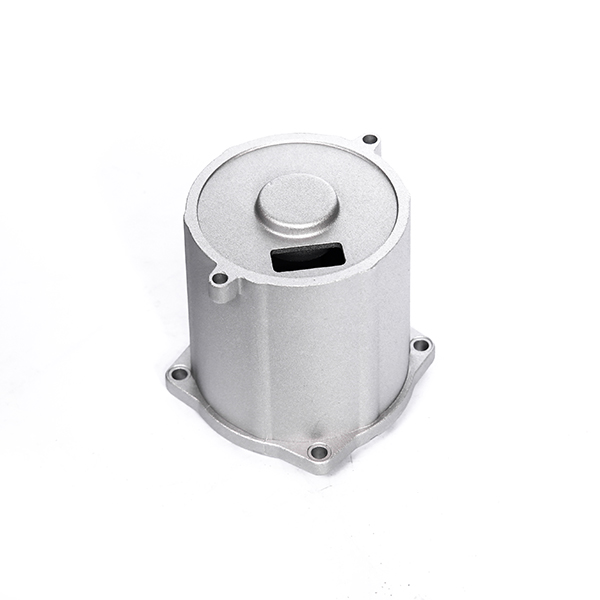Mobile:+86-311-808-126-83
Email:info@ydcastings.com
English
engine manifolds
Understanding Engine Manifolds Key Components of Internal Combustion Engines
Engine manifolds play a crucial role in the performance and efficiency of internal combustion engines. These components are essential for the proper functioning of engines in automotive and varied machinery applications. To understand their importance, we need to explore the different types of manifolds, their functions, and how they contribute to engine performance.
At its core, an engine manifold is a system of conduits that take gases into or out of the engine cylinders. There are two primary types of manifolds intake manifolds and exhaust manifolds. Each serves a specific purpose within the engine's operational framework.
Intake Manifolds Enhancing Air-Fuel Mixture
The intake manifold is responsible for distributing the air-fuel mixture to the engine’s cylinders. The design of the manifold is critical because it directly impacts the engine's ability to breathe. A well-engineered intake manifold optimizes the flow of the air-fuel mixture, ensuring that each cylinder receives an even distribution of the mixture. This is crucial for achieving balanced combustion, which translates to improved power output, fuel efficiency, and reduced emissions.
Modern intake manifolds often incorporate advanced features such as variable geometry to improve performance across a wider range of engine speeds. For instance, some designs allow the manifold to change its length or cross-section based on the engine's RPM. This adaptability helps maintain optimal airflow, enhancing throttle response and overall engine performance.
Exhaust Manifolds Efficient Emission Control
engine manifolds

On the other hand, exhaust manifolds collect gases produced during combustion and funnel them toward the exhaust system. Proper design of the exhaust manifold is essential to minimize back pressure, which can hinder engine performance. High back pressure can lead to decreased efficiency and increased emissions, so engineers work to create exhaust manifolds that optimize the path for exhaust gases, allowing for a smoother and quicker exit.
Another important consideration is the material used for the exhaust manifold. Due to the extreme heat generated by exhaust gases, manufacturers often opt for materials that can withstand high temperatures, such as cast iron or stainless steel. Some performance-oriented vehicles might even utilize tubular manifold designs made from lighter materials to reduce weight and enhance overall efficiency.
The Impact on Performance and Efficiency
The design and quality of both intake and exhaust manifolds significantly affect an engine’s performance. For performance enthusiasts, upgrading to aftermarket manifolds can yield noticeable improvements in horsepower, torque, and overall engine responsiveness. Enhanced manifolds may also assist in achieving better fuel efficiency by ensuring that the combustion process is as complete and effective as possible.
Additionally, the integration of technology such as turbocharging and supercharging places further demands on manifold design. Turbocharged engines require careful consideration of intake and exhaust airflow to manage increased pressure levels without sacrificing engine reliability.
Conclusion
In summary, engine manifolds are vital components that significantly influence the efficiency and performance of internal combustion engines. Through optimized design for both intake and exhaust systems, manufacturers can enhance the overall operation of the engine, contributing to better power output and lower emissions. Understanding these components can help automotive enthusiasts appreciate the complex engineering behind performance improvements, whether they are making modifications for racing or simply seeking a more efficient daily driver. Proper attention to manifold design continues to be a significant focus in automotive engineering, driving innovation within the industry.
-
Materials Used in Manufacturing Cap End Pipe FittingsNewsNov.24,2025
-
Material Properties of CF8M CastingNewsNov.24,2025
-
How to Inspect Pump Cap Ends for DamageNewsNov.21,2025
-
Backward Curved Impeller – Efficient Airflow Solutions for Industry | YD CastingsNewsNov.21,2025
-
Automobile Water Pump - Efficient, Quiet, Durable & ElectricNewsNov.21,2025
-
Impeller for Pumps – High-Efficiency, Durable, OEM-ReadyNewsNov.21,2025











